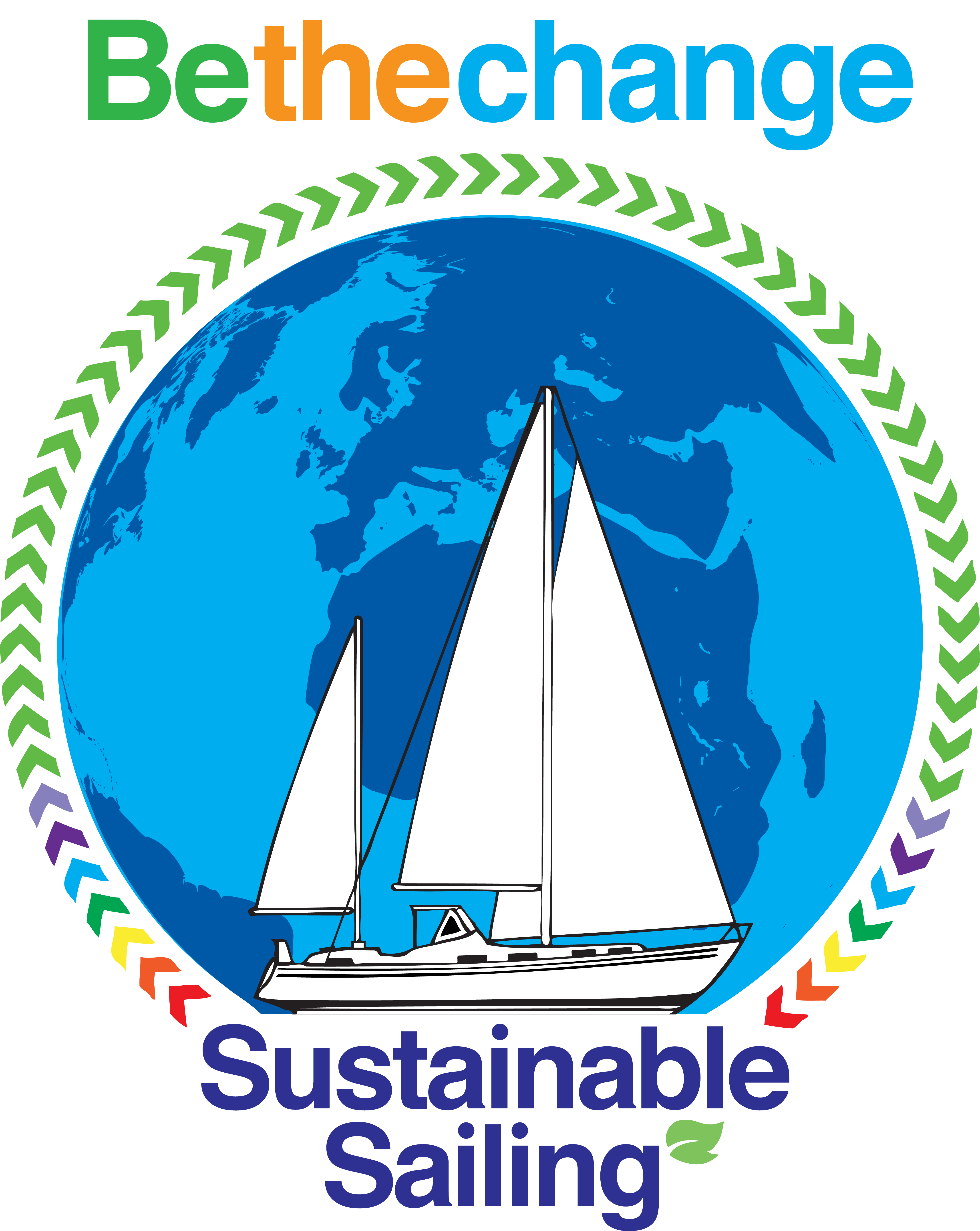Category: Dyneema rigging
-
Dyneema boat cradle supports
Today we have added the diagonal supports to our boat cradle to stop any chance of the new legs bending sideways towards the narrower part of the hull. We have used 6mm dyneema with locking brummel eye splices lined with stainless thimbles. Coarse length adjustment is with a 2.5mm dyneema lashing. Fine adjustment uses the…
-
Dyneema shroud progress
Jane has been busy making more of the shrouds for our mizzen. Unfortunately our garden is flooded and been heavy rain all day so it hasn’t been practical to use our stretching rig on them.
-
Bigger than I expected!
Today this has arrived A 5000kg crane scale. Now we can test our rigging by measuring both the input (the tension we apply to the end of the lashing) and the output (how much tension is in the actual shroud or chainplate loop). But I hadn’t realised that a 5000kg scale would be so much…
-
Mizzen supports
I haven’t been posting much here as I’ve mostly been working on our YouTube channel, however, I thought I would show some pictures of the new mizzen mast foot support work. I am also adding some fibreglass tape to increase strength where we have cut away the starboard bulkhead to provide access to our “pullman”…
-
External Dyneema Chainplates update
Our latest video has been getting some really helpful comments on YouTube as well as directly. It has also helped us to reach a new milestone 🙂 It definitely seems worth exploring more. Particularly to consider some of practicalities that people have raised including: Is the sheer strength of the Stainless Steel bolts sufficient? Potentially,…
-
External Dyneema Chainplates: new design, new video
We are really excited that we have come up with a new way of building External Dyneema Chainplates. It is so much simpler than our previous ideas and we haven’t seen anything like this anywhere else. Remember that this fits really well with all the Dyneema rigging expertise at Rigging Doctor who have been one…
-
First boat stay in 2022
We arrived yesterday evening and are here for a couple of nights. It is very cold! Snow in Manchester before we came, snow visible on the Snowdonia range. So, too cold to do any epoxy work. Fortunately, the two panel heaters and two fan heaters can keep the cabin nice and warm. Instead of working…
-
90 days of YouTube progress
In September we decided to put some effort into YouTube, the first video we put up was on September 25th and announced here: Bow roller progress and it’s on YouTube! We have published 18 videos since then. We have grown from 10 to 47 subscribers, and had 100 hours of viewing spread over 1230 views.…
-
New breaking dyneema video
Our next video is available (somewhat delayed because due to a bug in kdenlive I had to render it 3 times and each one takes 12 hours now that we are producing it at 4K resolution). Hope you enjoy it 🙂
